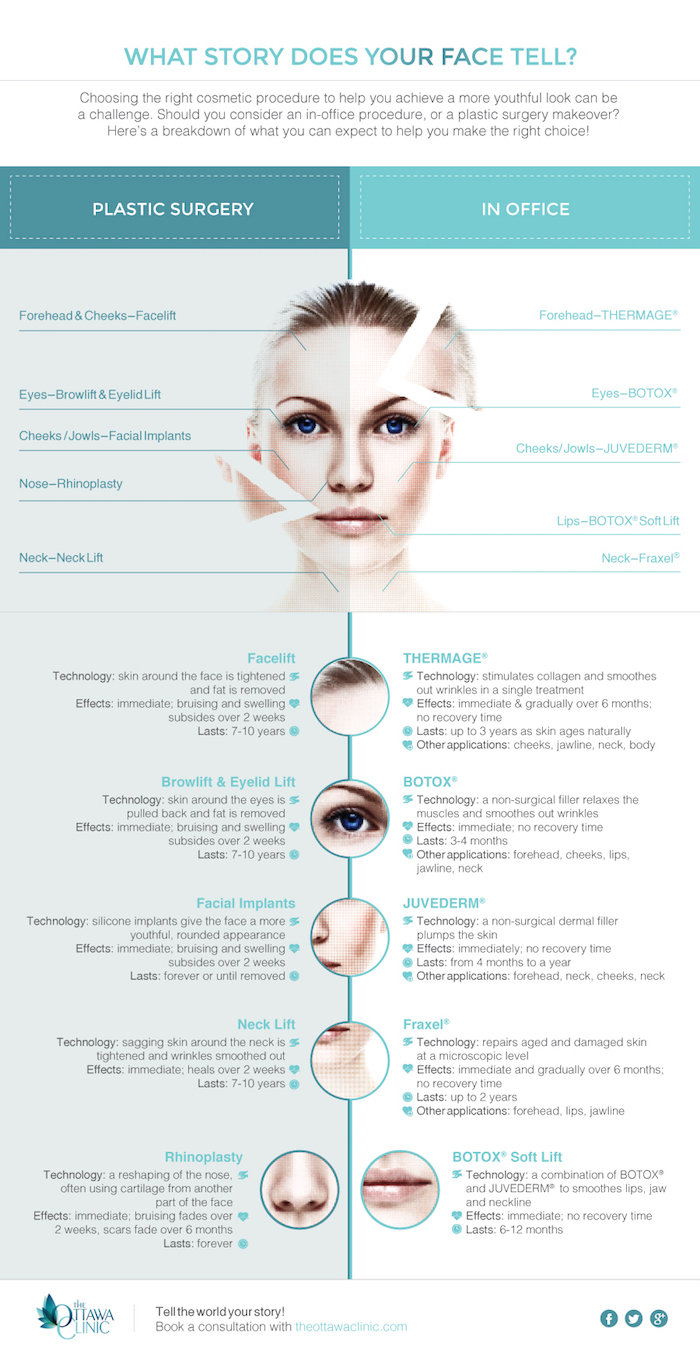The Role Of Glycolic Acid In Acne Care
The Role Of Glycolic Acid In Acne Care
Blog Article
Acne on Various Parts of the Body
Acne does not just influence your face, it can appear anywhere you have oil glands. These consist of the breast, shoulders and back. Likewise known as bacne, it can be equally as unpleasant and unpleasant as face acne.
Both males and females can create blackheads and whiteheads on these body areas as well as pimples. These include Papules topped with pus-filled lesions and severe nodular cystic acne.
Face
Acne occurs when your pores get clogged with oil, dead skin cells and bacteria. These buildups produce inflammatory lesions called pimples, or spots. Acne lesions include blackheads, whiteheads and papules, which are sore, pink or red bumps that are filled with pus (also known as inflammatory papules). They might additionally consist of blemishes, which are hard, excruciating, pus-filled swellings and cysts, which are deep and usually leave marks.
While acne postures no significant hazard to your wellness, it can be awkward or unpleasant, specifically if you have extreme acne that creates scarring. It normally shows up throughout the teen years and can last for 3 to 5 years.
Back
Acne on the back, likewise called bacne, can form on the shoulders and upper back. This sort of acne creates when skin hair pores obtain blocked with dead skin and sweat or oil created by the sebaceous glands. These blocked pores can lead to whiteheads, blackheads, pimples, papules, cysts or blemishes.
The shoulder and back have extra sweat glands than the face, making them prone to acne breakouts. Teenagers and pregnant women might have extra back acne because of hormonal changes. Friction from uncomfortable apparel and knapsacks, in addition to trapped sweat, can worsen the problem.
Basic way of life strategies can help take care of bacne and protect against future break outs, such as showering after exercise and cleansing bed linens often. Over-the-counter topical cleansers and moisturizers with salicylic acid or reduced focus of benzoyl peroxide can remove excess oil and unclog pores.
Upper body
Like deal with acne, chest breakouts take place anywhere oil glands are concentrated. They are most common in locations where sweat can obtain trapped such as in skin folds. dermatologica It can create in both men and women of all ages.
Acne on the upper body can happen when excess sebum combines with dead skin cells and bacteria clogging hair roots and pores. The upper body is prone to this due to the fact that it has more oil glands than other parts of the body.
Too much sweating adhered to by a failure to wash, scented perfumes or fragrances, irritant active ingredients in skin treatment products and medications like steroids, testosterone supplements and state of mind stabilizers can all add to breast breakouts. Anyone with a persistent chest outbreak need to talk with their medical professional or skin doctor.
Buttocks
While it's seldom gone over, acne can happen anywhere on the body that contains hair follicles. Clogged pores and sweat that gather in the butts can cause booty acnes, particularly in women who have hormone inequalities like polycystic ovary disorder. Getting to the root of the problem calls for a detailed analysis by a board-certified skin doctor.
Acnes on the buttocks can be due to a selection of problems, including keratosis pilaris and folliculitis. They resemble acne because of their flushed look, however they're usually not actually acne. People can stop butt acne by using loosened garments and bathing regularly with anti-bacterial soap or a noncomedogenic cleanser.
Arms
While even more study is required, it's feasible that acne on the arms might be caused by hormone adjustments or inequalities. Hormone variations can activate excess oil manufacturing, causing outbreaks. Rubbing from limited apparel or too much massaging can also irritate the skin, contributing to arm acne.
If what looks like acne on the arms is red, splotchy and itchy, it could actually be hives or eczema. If you are uncertain, speak to a skin specialist to get to the bottom of what's creating your signs and symptoms.
Cleaning the skin regularly, specifically after sweating or exercising, can help keep arm acne at bay. Exposed Skin Care provides a body laundry that is mild on the skin and aids protect against irritation and unclogs pores.
Legs
Even though the face, back and chest are the most typical locations to get acne, the condition can appear anywhere that hair follicles or oil glands exist. These include the groin, arms, and legs.
Unlike the bumps that show up on your cheeks and forehead, the bumps on your leg are usually not acnes however rather irritated, red roots called folliculitis. Acne on the legs can be triggered by hormone modifications, sweat and rubbing, or a diet plan high in dairy products and sugar.
If you have folliculitis, your bumps might appear like blackheads (open comedones that show up black because of oxidation of sebum and dead skin cells) or whiteheads (shut comedones that are identified by small, dome-shaped papules). Your acnes can likewise show up as red or pink pus-filled sores called pustules or nodules and cysts.